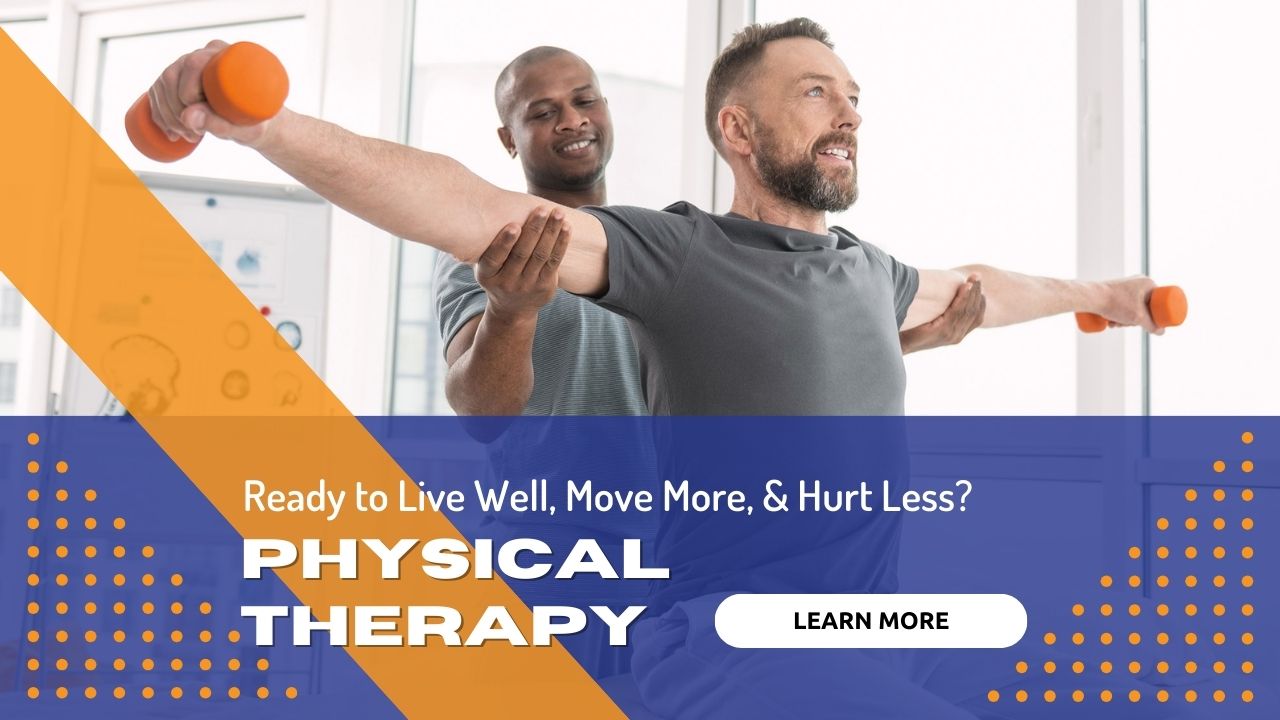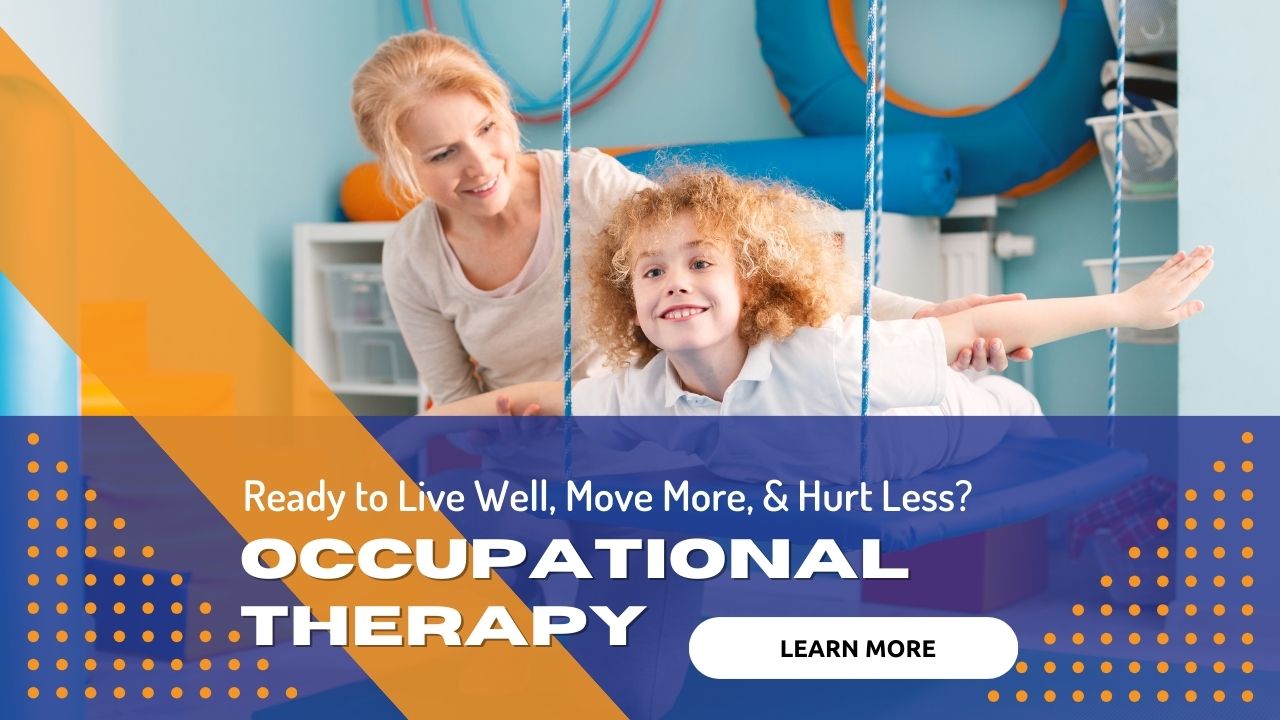Down Syndrome
What is Down Syndrome?
Down syndrome is a genetic disorder caused when abnormal cell division results in an extra full or partial copy of (Chromosome 21). This extra genetic material causes the developmental changes and physical features of Down syndrome. It’s the most common genetic chromosomal disorder and cause of learning disabilities in children. It also commonly causes other medical abnormalities, which include heart and gastrointestinal disorders. There are three types of Down syndrome;
Trisomy 21- About 95 percent of the time, Down syndrome is caused by trisomy 21 — the person has three copies of the (Chromosome 21), instead of the usual two copies, in all cells. This is caused by abnormal cell division during the development of the sperm cell or the egg cell.
Mosaic Down syndrome- In this rare form of Down syndrome, a person has only some cells with an extra copy of (Chromosome 21). This mosaic of normal and abnormal cells is caused by abnormal cell division after fertilization.
Translocation Down syndrome- Down syndrome can also occur when a portion of the chromosome 21 becomes attached (Translocated) onto another chromosome, before or at conception. These children have the usual two copies of (Chromosome 21), but they also have additional genetic material from chromosome 21 attached to another chromosome.
How is Down Syndrome Diagnosed?
Children with Down syndrome usually are diagnosed before or at birth. Screening tests can indicate the likelihood or chances that a mother is carrying a baby with Down syndrome. But these tests can’t tell for sure or diagnose whether the baby has Down syndrome. Diagnostic tests can identify or diagnose whether your baby has Down syndrome. Some of the common features fro Down Syndrome include a flattened face, small head, short neck, protruding tongue, upward slanting eyelids, unusually shaped or small ears, poor muscle tone, broad, short hands with a single crease in the palm, relatively short fingers and small hands and feet, excessive flexibility, tiny white spots on the colored part (Iris) of the eye and short height. Some people with Down syndrome may have a misalignment of the top two vertebrae in the neck (Atlantoaxial instability). This condition puts them at risk of serious injury to the spinal cord from overextension of the neck. Most children with Down syndrome have mild to moderate cognitive impairment. Language is delayed, and both short and long-term memory is affected. Infants with Down syndrome may be average size, but typically they grow slowly and remain shorter than other children the same age.
How can a Therapist Help with Down Syndrome?
Early intervention for infants and children with Down syndrome can make a major difference. Because each child with Down syndrome is unique, treatment will depend on individual needs. A better understanding of Down syndrome and early interventions can greatly increase the quality of life for children and adults with this disorder and help them live fulfilling lives. Also, different stages of life may require different services.
Physical Therapist, Occupational Therapist and Speech Therapist all provide services to help one with Down syndrome
These therapy services can help with school-based therapy as well as an outpatient therapy to help with one’s everyday needs in the home and community. Many of the Down syndrome population speech has been affected in some way or delayed. Speech Therapy can help that individual and work with them to achieve their goals of communication and oral motor strength. An Occupational therapist can help with one’s activities of daily living, fine motor control and other areas of concern that may be affected by having Down syndrome. If a child with Down syndrome has any physical conditions such as misaligned vertebrae as mentioned above, then Physical Therapy can help you address those concerns. It is important to include families in therapy to get their input and concerns for the individual. Using a team approach, goals for the individual can be made that will be of best interest to the person’s ability. Including the family also helps with carryover in the home, whether it be exercises or new strategies taught for how to perform any activities of daily living.





